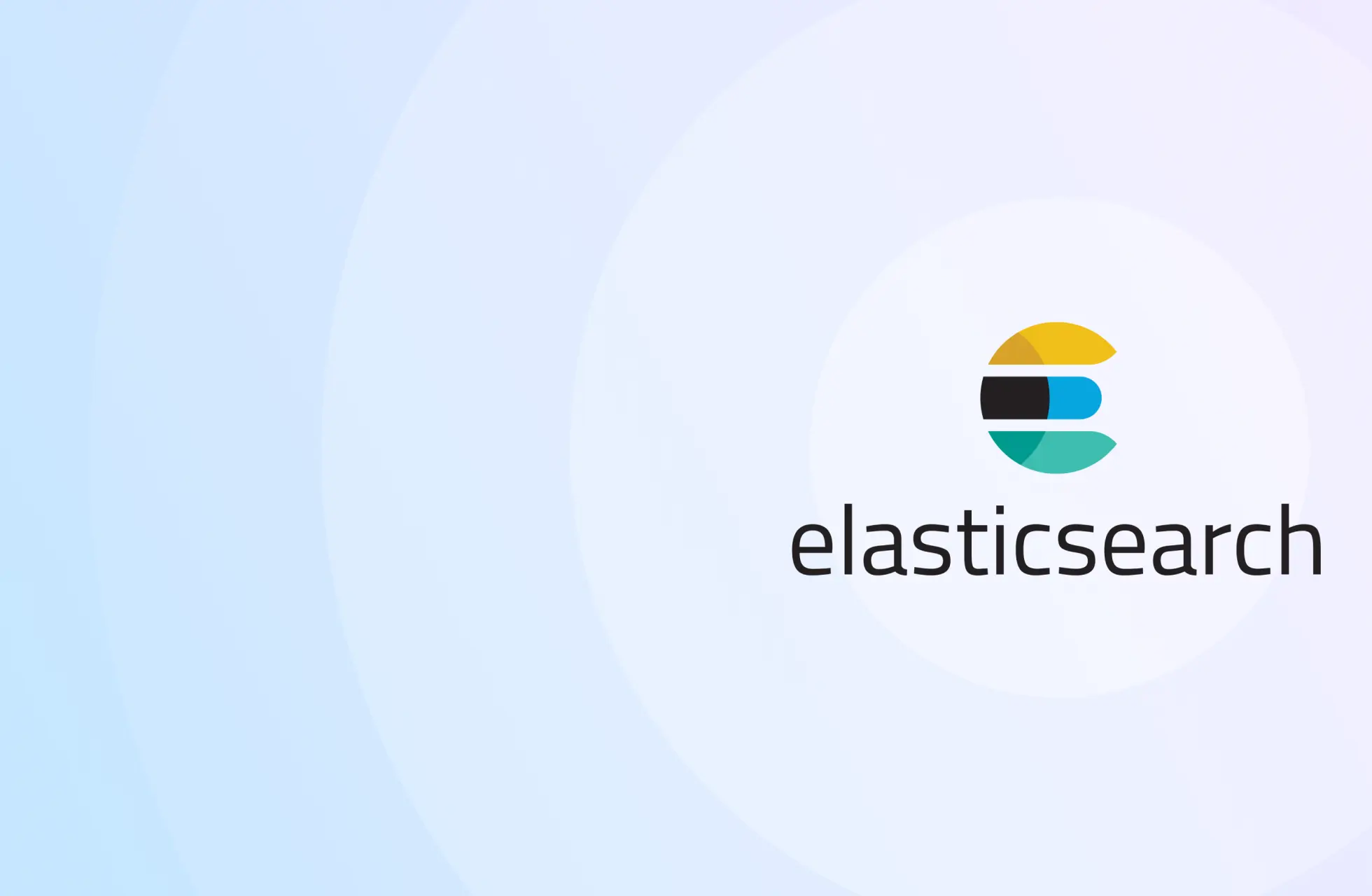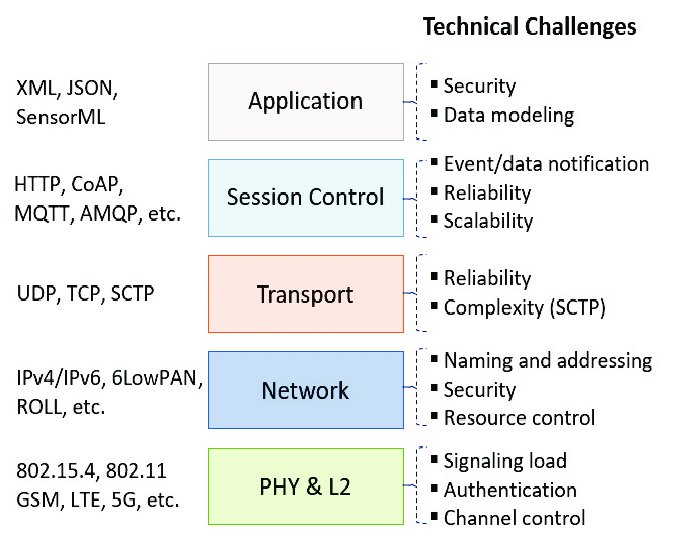Deep dive into implementing scalability patterns including CQRS, event sourcing, and sharding strategies in distributed systems
Blogs
In-depth exploration of building observable systems using metrics, traces, and logs with practical implementation examples
Deep dive into advanced microservices patterns, including circuit breakers, service mesh implementation, and handling distributed transactions
Elasticsearch is a robust, distributed search engine built on Apache Lucene. Its ability to perform full-text searches, structured searches, and real-time analytics stems from its efficient indexing mechanism. Understanding Elasticsearch indexing is crucial for optimizing search performance and ensuring efficient query execution. In this blog, we will explore Elasticsearch’s indexing architecture, types of indexes, and best practices for effective indexing, including the new Index Sorting feature introduced in Elasticsearch 6.0.
Apache Cassandra is designed for high scalability and fault tolerance, capable of handling massive amounts of data across distributed clusters. Effective indexing is crucial to optimizing performance in such a distributed system. This blog explores various indexing strategies in Cassandra, including primary keys, secondary indexes, materialized views, and custom indexing solutions, along with a detailed explanation of partition keys, composite keys, and clustering columns with fresh examples and visual aids.
Relational databases are widely used for managing structured data through tables with predefined schemas. Efficient data retrieval is crucial for the performance of applications that rely on these databases. Two key techniques for optimizing query performance are indexing and hashing. This blog provides an in-depth exploration of these concepts and their implementations in relational databases.
1. Indexing in Relational Databases# Indexing is a technique used to speed up the retrieval of rows from a table by creating a data structure that provides quick access to the desired rows.
When it comes to optimizing database performance, indexing is a fundamental technique used to speed up data retrieval operations. However, the way indexing is implemented can vary significantly between relational databases (RDBMS) and non-relational databases (NoSQL). This blog explores the key differences and considerations for indexing in these two types of databases.
1. Indexing in Relational Databases# In relational databases, indexes are crucial for improving the efficiency of query operations. They work by creating a sorted copy of specified columns, which allows the database to quickly locate the rows that match a given query.
Imagine you’re sitting at your computer, and you open your favorite browser. You type in “google.com” and hit Enter. Within a fraction of a second, the familiar Google homepage appears on your screen. But what exactly happens behind the scenes during that split second? Let’s dive deep into the complex sequence of events that make this magic happen.
1. The Journey Begins: The Browser and URL# The process starts the moment you type “google.
In today’s interconnected world, the Internet serves as a bridge linking countless computing devices across the globe. Whether you’re accessing a website from your smartphone or conducting a video call on your laptop, the data that enables these activities travels through a complex network of devices and protocols. Imagine accessing a website from your device: your request is first transmitted to a nearby cellular tower or router, which then forwards it through various Internet Service Providers (ISPs).
In the ever-evolving landscape of modern web development, the importance of efficient, secure, and scalable API management cannot be overstated. At the heart of this management lies the API Gateway—a crucial component that acts as the front-end for APIs, handling everything from request routing to security enforcement. This editorial delves into the fundamentals of API Gateways, their key functions, popular products, their role in microservices architecture, the distinction between API Gateways and API management, and their evolution in response to the needs of developers and businesses.





